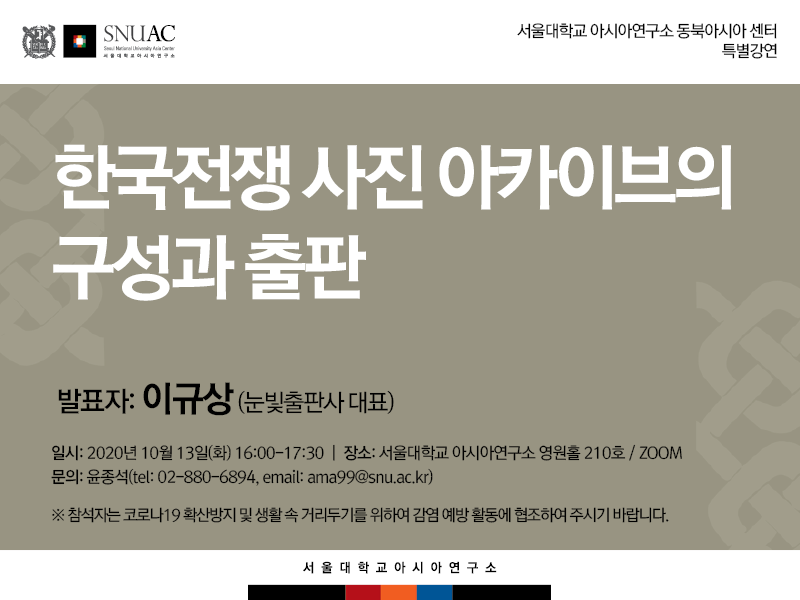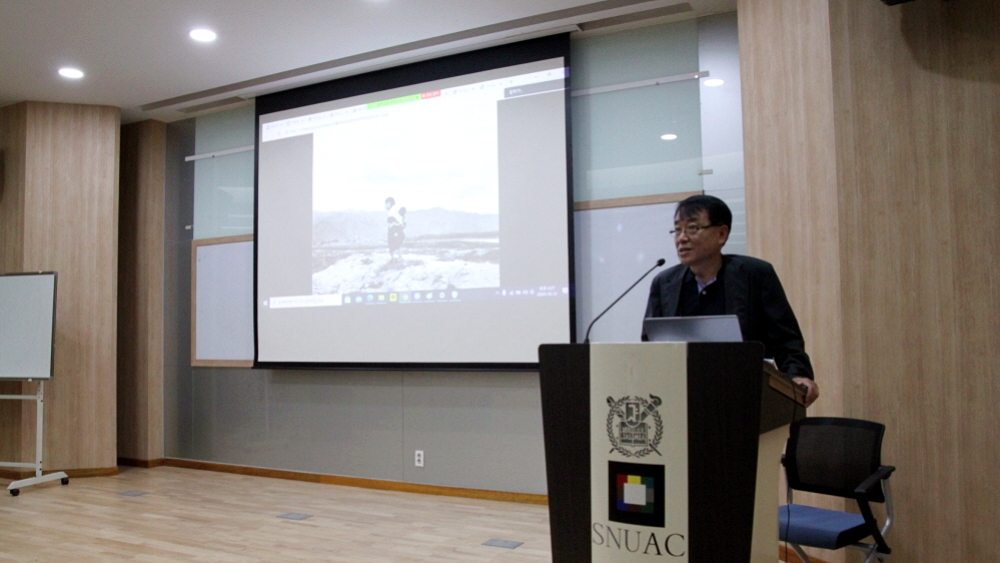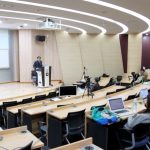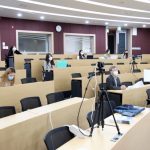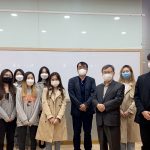The Composition and Publication of Korean War Photo Archives
- Date: October 13th, Tuesday, 2020 16:00 – 17:30
- Location: Youngone Hall (Room 210), SNUAC (Bldg. 101) & online via Zoom
Photos are always evidences proving the authenticity of some social actualities and enliven past memories, but at the same time, they are images that force us to see them from a certain perspective. Our memories of the Korean War are likewise. In 2020, after 70 years since the war broke out, the Korean War is still a source of memory that reproduces the power of creating the present. SNUAC Northeast Asia Center is inviting Mr. Lee Kyusang of NOONBIT Publishing Co. for an expert lecture on “The Composition and Publication of Korean War Photo Archives”. The lecture will examine how our vision has changed through the historical experience of forming Korean War photo archives and discuss its implications on our present. This lecture will be held both online and offline. We ask all willing participants to follow the guidelines for preventing the spread of COVID-19 in case of participating offline or to register beforehand online.
SNUAC Northeast Asia Center invited Mr. Lee Kyusang of NOONBIT Publishing Co. on October 13th for an expert lecture on “The Composition and Publication of Korean War Photo Archives”. Mr. Lee established a photography-exclusive publishing company NOOBIT in November 1988 and has published over 600 documentary photography books for over 30 years until now. He discussed how his vision has changed through the historical experience of forming Korean War photo archives and its implications on our present. This event was sponsored by the Program for Building the Basis of Unification at the Institute for Peace and Unification Studies, Seoul National University.
Mr. Lee examined each photograph in the Korean War Photo Archives and explained the particular vision and the historical fact that becomes reconstructed by that vision. Based on the medium of photography, and the dynamic relationship between the subject, the photographer, and the reader, he interpreted the Korean War photos and briefly introduced the history of composing and publishing the archives. Also, he emphasized the fact that the Korean War photos change their implications based on when they are read. Thus Mr. Lee ‘re-read’ the photos of the Korean War after 70 years of its breaking out, and showed the power of photography that reveals the vivid gaps of microscopic history hidden by the narrative of modern history. After the lecture, a discussion continued on who reads the photographs and how one does it, leading to a conclusion in the form of an open question regarding the relationship of object and subject in photography.

